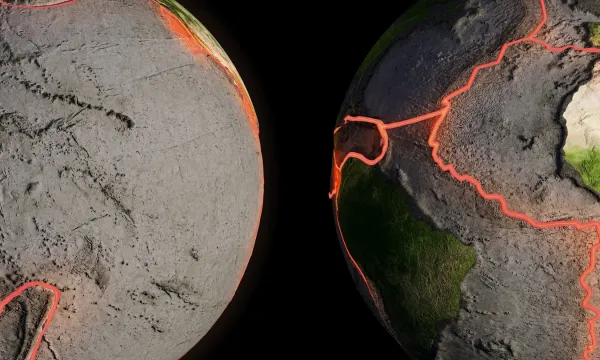
On Shaky Ground
Using demos, games, and hands-on activities, students learn how science and engineering protect us from earthquakes.
When:
Recommended for: KS2 (7-11) | KS3 (11-14) | KS4 (14-16)
Access considerations
Theme day
